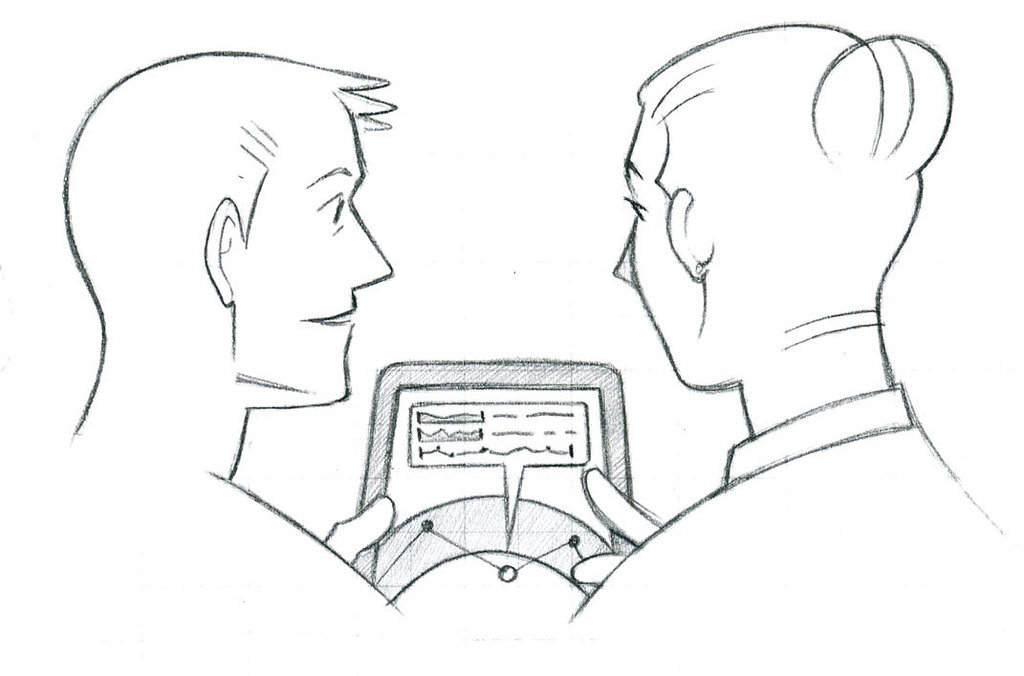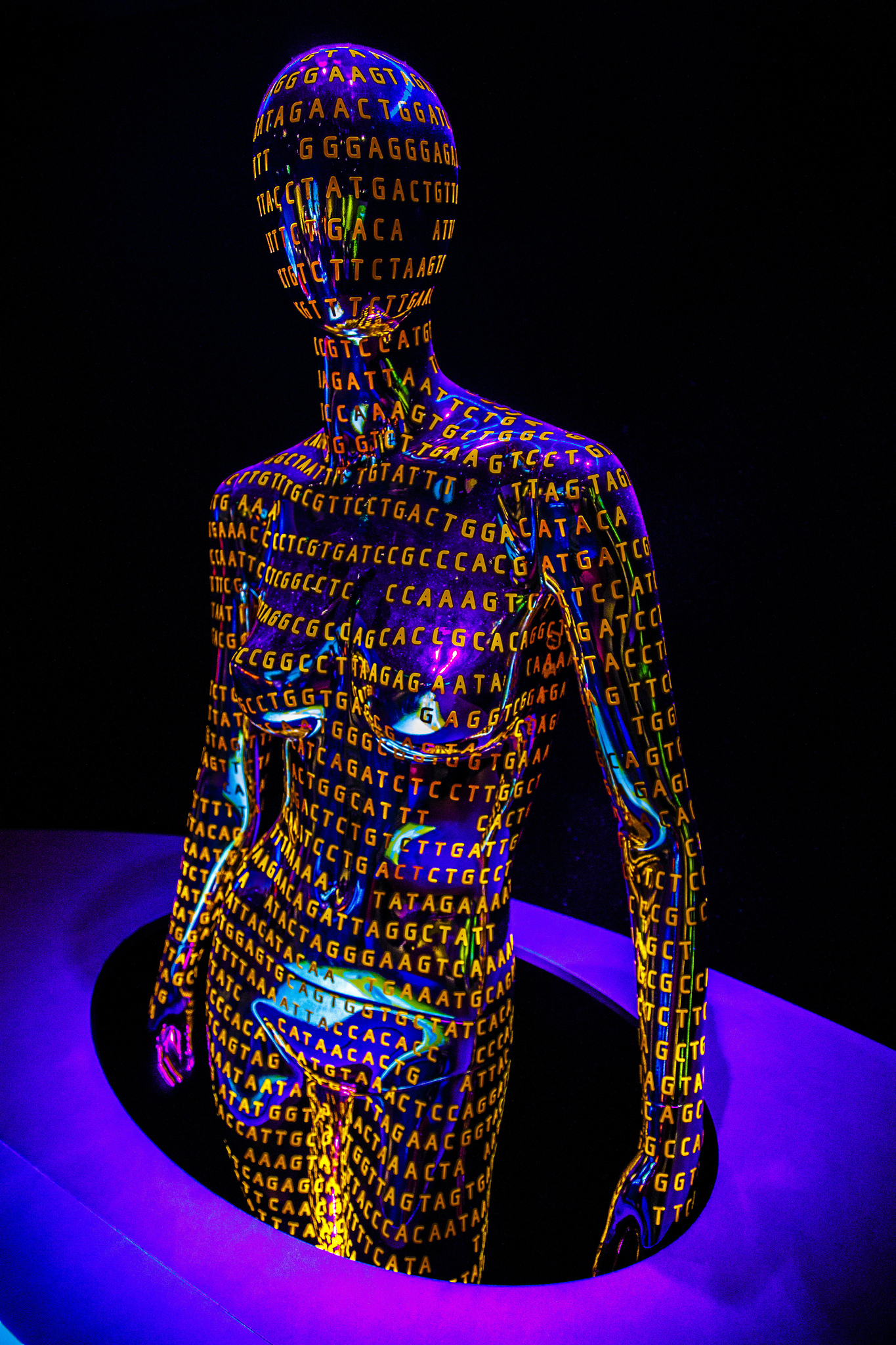A series of briefs by the Texas Medical Students
By: Elleana Majdinasab and Rishi Gonuguntla
Medicine has its unspoken mores, does it not? Certain specialties are notorious for their personalities, and the idea of foregoing food and sleep are deemed signs of strength and resilience. Upperclassmen advise against getting in Dr. X’s way, lest you become subject to a tailored diatribe, and you hear whispers of Dr. Y’s career-crushing evaluations. Your roommates do not bat an eye over your tears every evening, because chances are they are no stranger to such days themselves. It doesn’t require a detective to identify that the above are the direct result of mistreatment in medical school.
Per the AAMC, mistreatment occurs when there is a show of disrespect for another person that unreasonably affects the learning process. Public humiliation and belittlement by doctors are the most common forms of mistreatment in medical school.1 The practice of aggressive “pimping,” or the act of doctors disparaging students for not knowing information, potentially in front of patients or fellow classmates, is a phenomenon too many medical students needlessly experience.2 Other examples of mistreatment include the shaming of students for asking questions and being subjected to offensive names and remarks.1 According to one 2014 study, over three-fourths of third year medical students reported being mistreated by residents, with over 10% of those responses citing recurrent mistreatment.2
Given the omnipresence of these events, one may consider whether there exists a common denominator among guilty attending physicians. Indeed, mistreatment of medical students can occur secondary to a multitude of reasons. Physician burnout is still rampant as ever, and ironically, often occurs partly due to the same toxic culture attendings themselves experienced as budding residents.3 The doctors in question blissfully perpetuate the cycle, humiliating and pimping, justifying their behavior with the mentality of, “I went through it back then and turned out just fine.” Thus, the vicious cycle continues. What doesn’t kill you makes you stronger, right?
As medical students, we are quietly told by the older and wiser to improve our resilience – to grow tougher skin. We are advised to expect, or even welcome, microaggressions and impatience from our superiors while we work toward our lifelong dreams.4 We take deep breaths and smile through the jabs because we are fully aware of the consequences of speaking out against the deeply ingrained practice of mistreatment.4 Mistreatment in medical school matters because doctors eating their young further propagates the toxic reputation of the career’s culture while contributing to the development of many future doctors’ unhappiness.3 It is the accumulation of years of pressure, competition, and negative experiences that leads to feelings of burnout in students and physicians alike.5 Even worse, medical students act on these feelings, and they are three times more likely to commit suicide than their similar-aged peers in other educational settings in the general population.6 The hazing of medical students is in no way constructive or beneficial to anybody involved. Stress and toxicity in the learning environment prevents students from being themselves and asking questions, thus damaging their confidence during the formative years of their training.7
Even more alarming is that mistreatment is more commonly directed towards minority students, including female, underrepresented in medicine, Asian, multiracial, and LGBTQ+ students, than it is toward their white, cis-gendered, heterosexual, male counterparts.8 In the same vein that we encourage and recruit people from minority communities to join medicine, we must be aware of the potential mistreatment they will experience and take clear, targeted steps to protect them. If we, as a community, fail at this task, then we are complicit in perpetuating the systemic inequities and inequalities that are currently prevalent in medicine.
The reality is that the culture of medicine doesn’t have to be this way. It is certain that mistreatment has been inadvertently ingrained within the culture of medical training, so attempting to address this problem feels daunting. There is a current lack of literature regarding what interventions successfully reduce mistreatment, but introspective analysis yields some steps we may take in an attempt to slowly chip away at the current social infrastructure.9
First and foremost, students must realize and acknowledge the negativity they have been subjected to is not ‘all in their head,’ but instead a universal and rather unfounded experience. The next step is to seek support from classmates, friendly administration, and trusted professors and physicians who can provide guidance and vouch for students’ justice. Addressing mistreatment is at its core a collaborative effort, as we cannot expect only the bravest, most outspoken students to carry this initiative to fruition. Each and every person in medicine can enjoy a role and responsibility in this endeavor. School administrations can create interventions aimed at educating faculty and students about recognizing mistreatment and the harmful effects that public humiliation can have on student learning.10 It is only when students recognize abuse and have a strong support system that they may finally gain the confidence required to be vocal against toxic behavior and speak out for both themselves and classmates. Schools can further assist efforts by ensuring students are aware of their rights in this context, and offering guaranteed protection if mistreatment does rear its head.11 Current physicians may also positively contribute by gently and constructively pointing out questionable behavior among their colleagues to create a more effective learning environment. Finally, our generation of medical students is tenacious, progressive, and outspoken. We can weaken, and even break the cycle, by remembering our roots, exercising our rights, and manifesting the golden rule: to always treat others the way you want to be treated.
- 2020 GQ All Schools pdf. (n.d.).
- Cook, F., Arora, V. M., Rasinski, K. A., Curlin, F. A., & Yoon, J. D. (2014). The Prevalence of Medical Student Mistreatment and Its Association with Burnout. Academic Medicine : Journal of the Association of American Medical Colleges, 89(5), 749–754. https://doi.org/10.1097/ACM.0000000000000204
- Major, (2014). To Bully and Be Bullied: Harassment and Mistreatment in Medical Education. AMA Journal of Ethics, 16(3), 155–160. https://doi.org/10.1001/virtualmentor.2014.16.3.fred1-1403
- Assessment of the Prevalence of Medical Student Mistreatment by Sex, Race/Ethnicity, and Sexual Orientation | Medical Education and Training | JAMA Internal Medicine | JAMA Network. (n.d.). Retrieved March 16, 2021, from https://jamanetwork.com/journals/jamainternalmedicine/fullarticle/2761274?guestAccessKe y=5b371de5-4978-4643-b125-f26972348616&utm_source=For_The_Media&utm_medium=referral&utm_campaign=ftm_links&utm_content=tfl&utm_term=022420
- Dyrbye, N., Thomas, M. R., Massie, F. S., Power, D. V., Eacker, A., Harper, W., Durning, S., Moutier, C., Szydlo, D. W., Novotny, P. J., Sloan, J. A., & Shanafelt, T. D. (2008). Burnout and suicidal ideation among U.S. medical students. Annals of Internal Medicine, 149(5), 334–341. https://doi.org/10.7326/0003-4819-149-5-200809020-00008
- Markman, D., Soeprono, T. M., Combs, H. L., & Cosgrove, E. M. (2019). Medical student mistreatment: Understanding ‘public humiliation.’ Medical Education Online, 24(1), 1615367. https://doi.org/10.1080/10872981.2019.1615367
- Full article: Exploring medical students’ barriers to reporting mistreatment during clerkships: A qualitative study. (n.d.). Retrieved March 16, 2021, from https://www.tandfonline.com/doi/full/10.1080/10872981.2018.1478170
- Hasty, N., Br, M. E., ford, Lau, M. J. N., MD, & MHPE. (n.d.). It’s Time to Address Student Mistreatment. American College of Surgeons. Retrieved March 16, 2021, from https://www.facs.org/Education/Division-of-Education/Publications/RISE/articles/student- mistreatment
- Markman, D., Soeprono, T. M., Combs, H. L., & Cosgrove, E. M. (2019). Medical student mistreatment: Understanding ‘public humiliation.’ Medical Education Online, 24(1), 1615367. https://doi.org/10.1080/10872981.2019.1615367
- Stone, J. P., Charette, J. H., McPhalen, D. F., & Temple-Oberle, C. (2015). Under the Knife: Medical Student Perceptions of Intimidation and Journal of Surgical Education, 72(4), 749–753. https://doi.org/10.1016/j.jsurg.2015.02.003
- Mazer, M., Bereknyei Merrell, S., Hasty, B. N., Stave, C., & Lau, J. N. (2018). Assessment of Programs Aimed to Decrease or Prevent Mistreatment of Medical Trainees. JAMA Network Open, 1(3), e180870–e180870. https://doi.org/10.1001/jamanetworkopen.2018.0870








